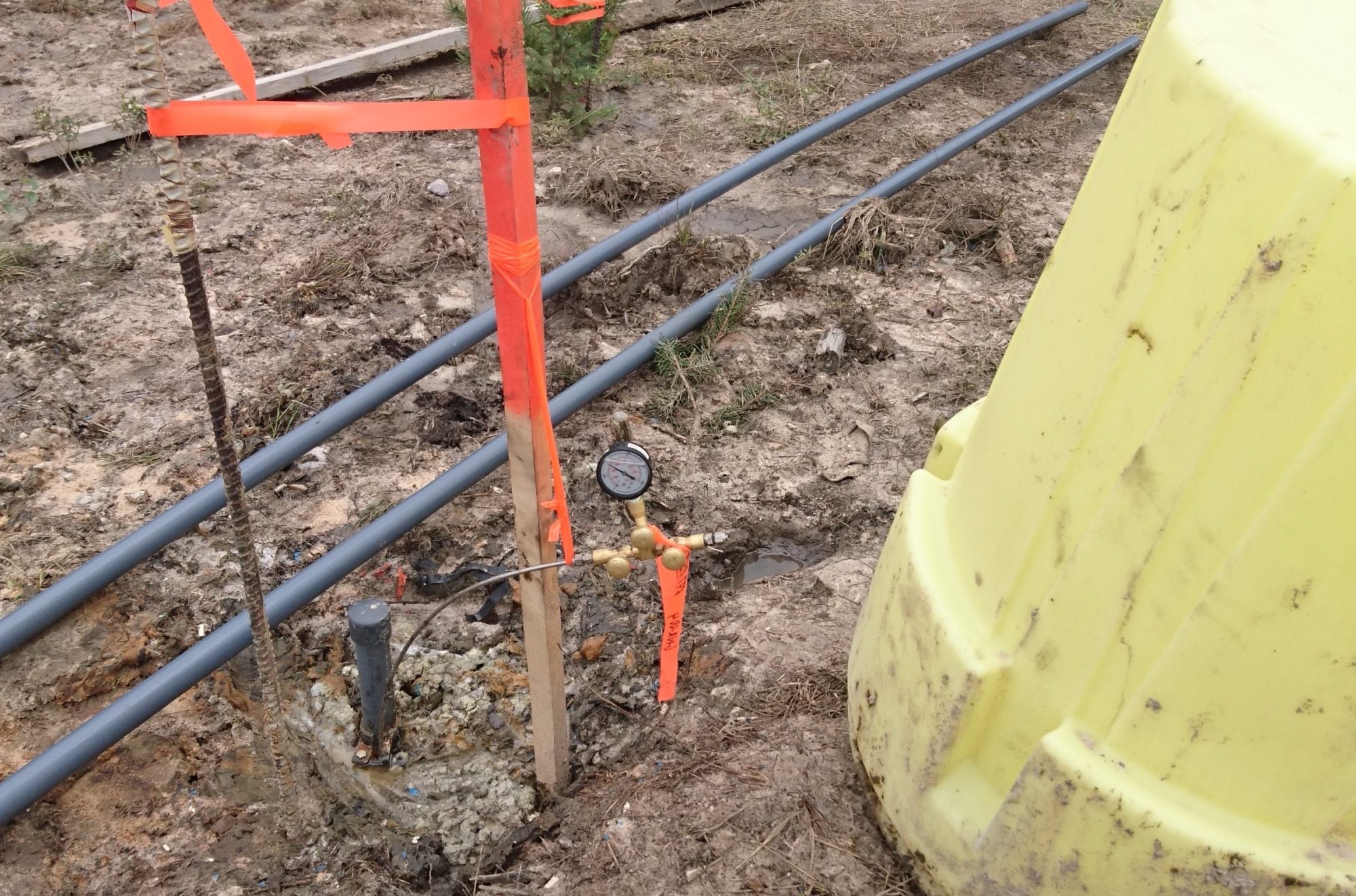Denison Mines Corp has announced positive initial test results from Test Area 1, as part of the ongoing In-Situ Recovery (ISR) field test program at the company’s 90% owned Wheeler River Uranium Project in northern Saskatchewan, Canada. As outlined within the Company’s Pre-Feasibility Study (PFS) for Wheeler River, which was completed in late 2018, additional field work is required to increase the confidence and reduce the risks associated with the application of ISR mining at the Phoenix deposit.
The field testing program (outlined in Denison’s press release dated June 26, 2019, and summarized below) is focused on in-situ testing within the Phoenix orebody, using water to evaluate hydrologic conditions that can be used to assess the hydraulic connection and potential mining solution flow between a series of test wells. The information collected through this process is expected to increase the overall confidence of the application of ISR mining and to facilitate detailed mine planning as part of the Feasibility Study (FS) process.
Importantly, the initial test results reported within this release have confirmed hydraulic connectivity between multiple test wells completed in Test Area 1 of the Phoenix deposit – providing significant preliminary indications of the suitability of Test Area 1 for the application of ISR mining.
David Cates, President and CEO of Denison, commented: “We are very pleased with the initial results from Test Area 1 as part of the ongoing ISR field test program. The program is the first-of-its-kind for the Athabasca Basin – assessing the suitability of the ISR mining method to the unique Phoenix deposit. The initial results from Test Area 1 are quite encouraging – with initial pump and injection tests confirming hydraulic connectivity between all of the test wells within the ore zone. We are looking forward to further results from Test Area 1 and Test Area 2, as well as the results from two large-diameter commercial scale wells planned for these Test Areas later this summer.”
Denison has engaged Petrotek to facilitate the design and implementation of ISR field testing at Phoenix. Petrotek specialises in technical evaluation and field operations regarding subsurface fluid flow and injection projects, with experience ranging from feasibility studies to facility operation. The firm has more than 20 years of experience in the ISR uranium mining industry and currently provides consulting services to each of the ISR uranium miners in the United States.
Petrotek and Denison have designed an ISR field testing program specific to the unique geological characteristics of the Phoenix deposit. The testing program aims to provide hydrogeological testing across four Test Areas of Phoenix Zone A, covering approximately 65% of the Indicated Mineral Resource estimated for the deposit. The Test Areas have been selected with the objective of covering each of the various fluid flow domains, and combinations thereof, expected to exist within the deposit. The domains have been defined from detailed geological databases and associated models, with the intention that the Test Areas are collectively representative of the deposit as a whole. Data acquired from the ISR field testing program will be utilised to create an integrated hydrogeological model, which will form the basis for ISR wellfield and freeze dome design necessary for the FS and to support the environmental assessment process.
The summer 2019 program is designed to assess Test Area 1 and Test Area 2. The remaining Test Areas (Test Area 3 and 4) are expected to be evaluated in future years to support the completion of a FS. The main objective within each Test Area is to efficiently establish the fundamental hydrogeologic characteristics of the orebody, the overlying sandstone and overburden formations, and the underlying basement rocks.
Additional supportive permeability and porosity tests are planned through the ore zone and are expected to include hydraulic conductivity tests (packer testing) and downhole geophysics (nuclear magnetic resonance and neutron), where borehole conditions allow. Mineralised core samples from the ore zone, obtained in new holes or by wedging from existing boreholes, will be subject to detailed onsite geological and geotechnical logging and permeability (permeameter) testing, and will be preserved to facilitate future planned laboratory-based metallurgical test work.











